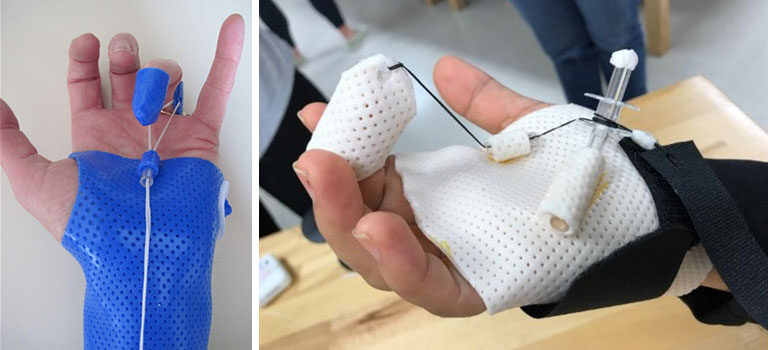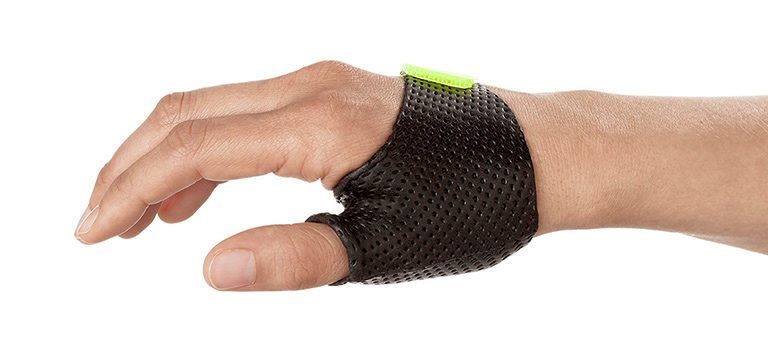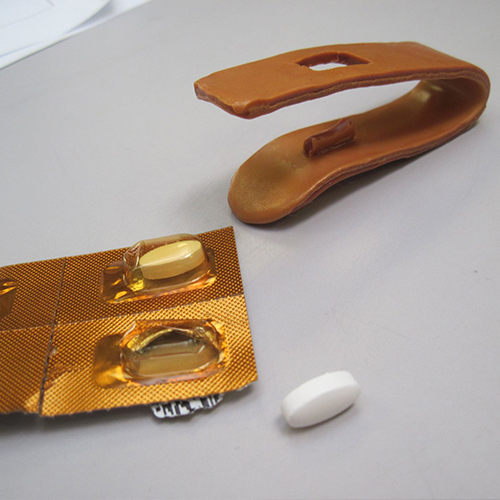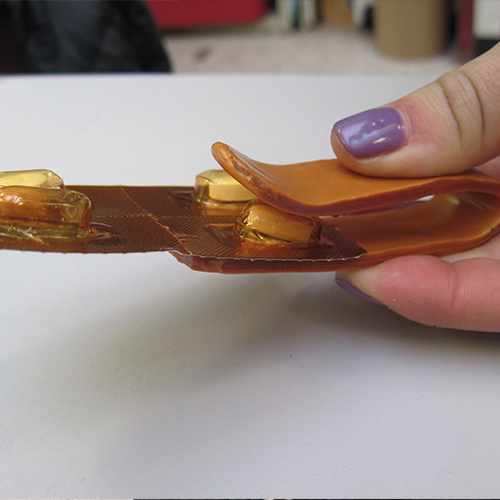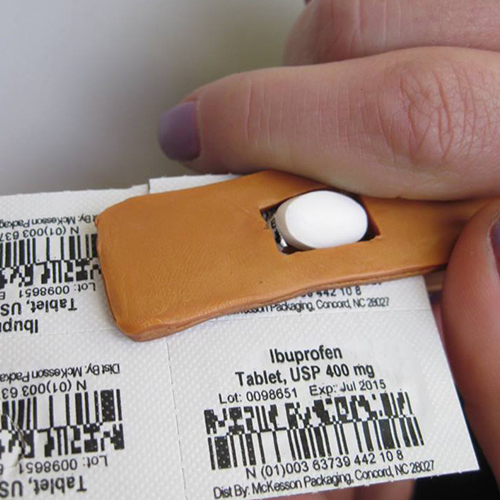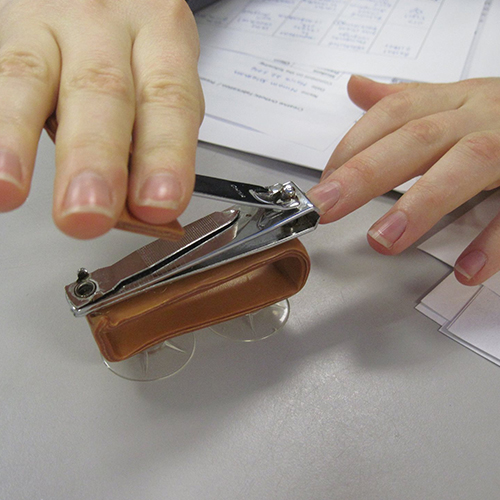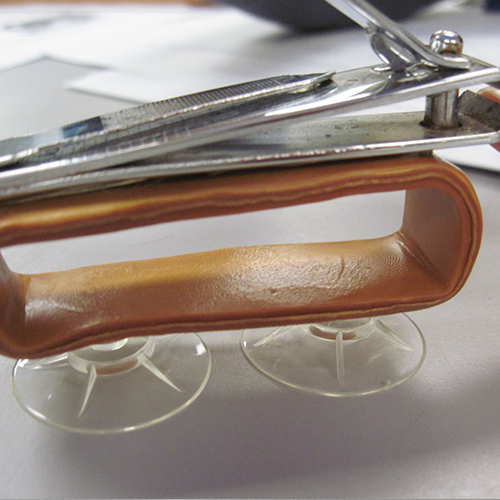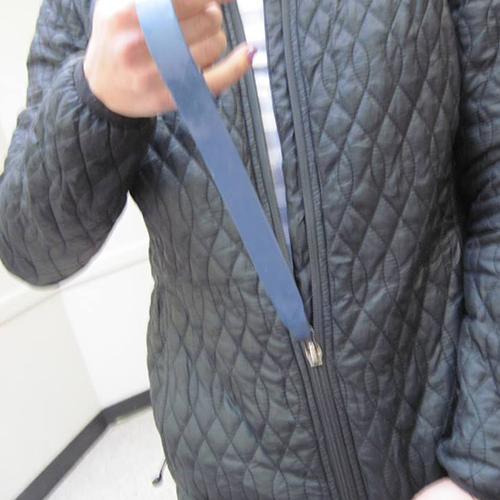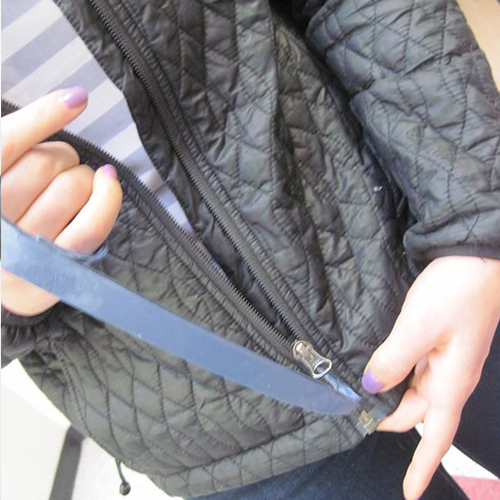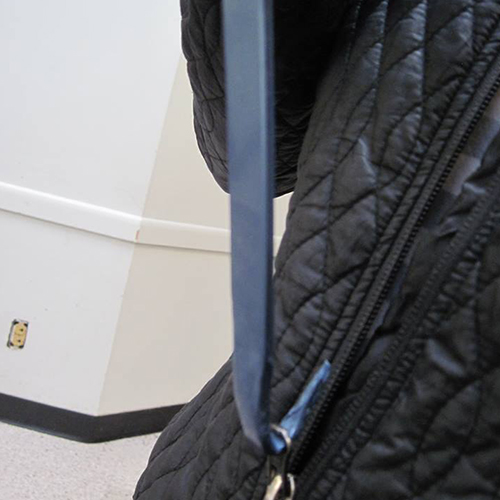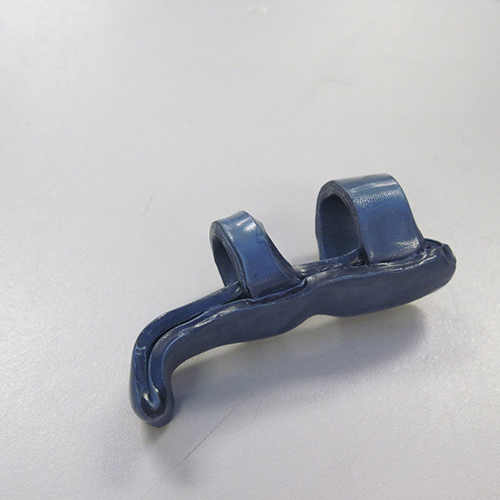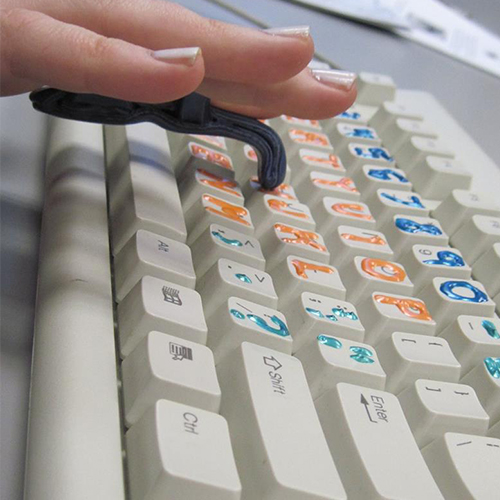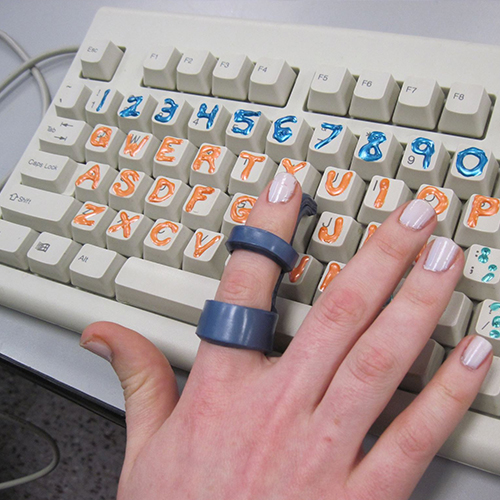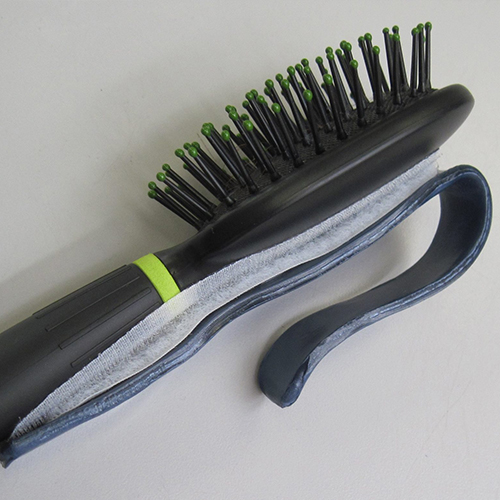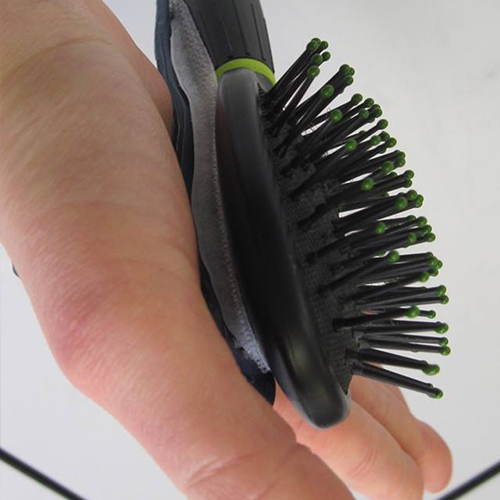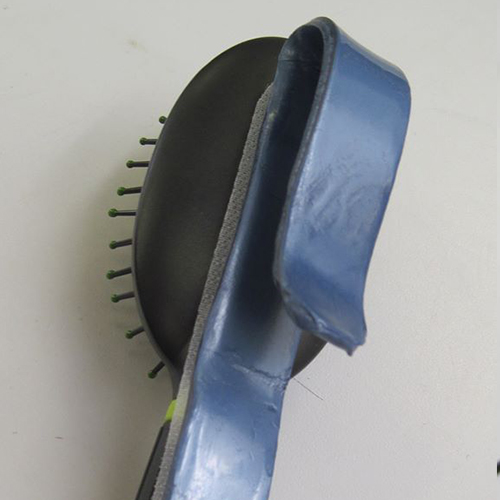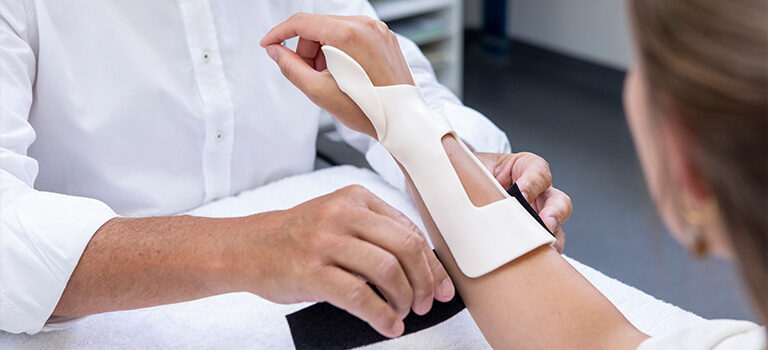
How to make modifications with thermoplastic materials to make everyday tasks easier.
The art of adapting
Therapists look for ways to help their patients maintain independence in activities of daily living. Adaptive equipment are devices that are used to assist with completing self-care activities such as bathing, dressing, grooming, toileting, and feeding. Adaptive devices might also enable patients to pursue their favourite leisure activities.
Sometimes, all that is needed to help a client maintain a grip on an object is a built-up handle made from thermoplastic material. The following photos illustrate ideas for adaptive aids and devices. These were created by Occupational Therapy students at Touro College in NYC as part of an assignment. The materials they used were our Orfit Strips in 1/8” thickness, available in attractive Atomic Blue, Silver or Gold colours.
We hope these photos can inspire you to create useful adaptations to help your patients. Please share your ideas with us on our Facebook group!

